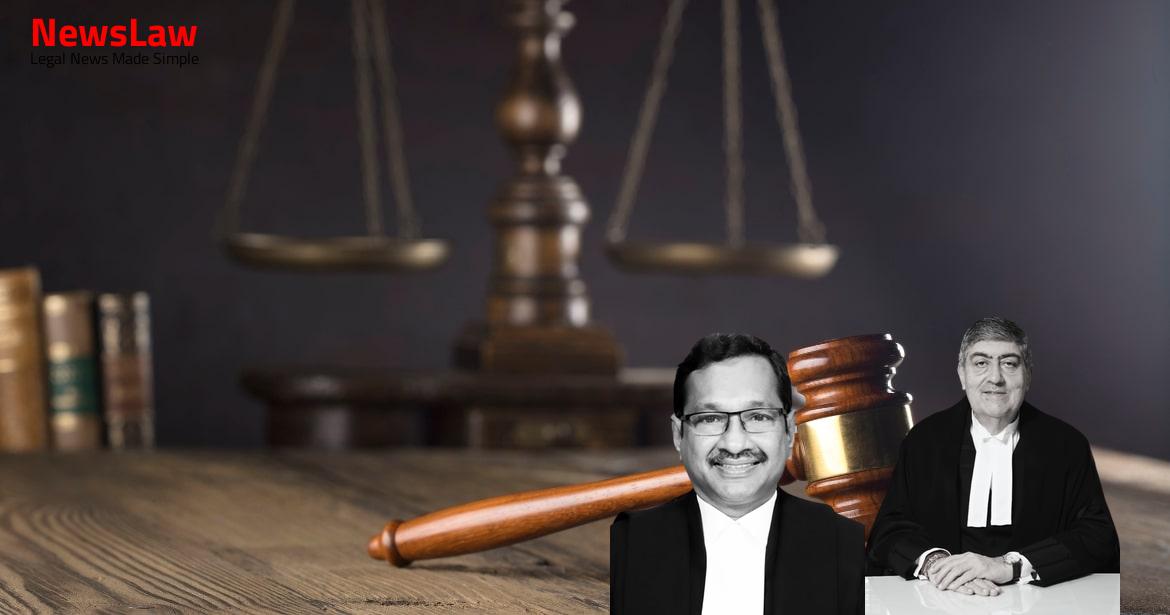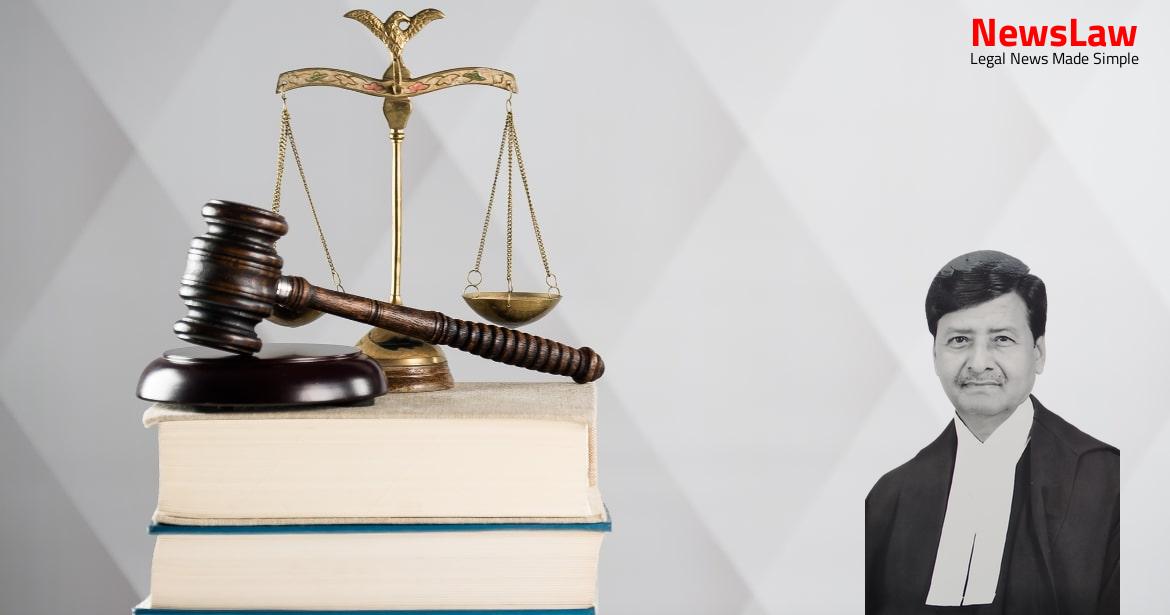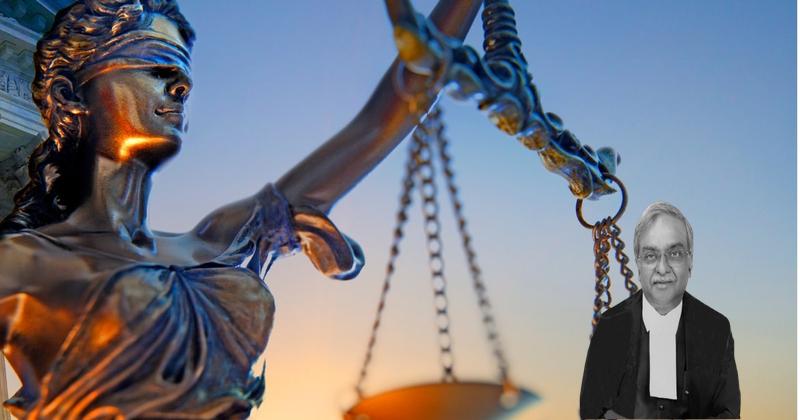Explore the nuances of constructive liability in unlawful assembly cases through a detailed legal analysis focusing on the court’s scrutiny of witness testimonies and evidence. This summary sheds light on the distinction between mere presence at the scene and active participation with a shared common intention, emphasizing the need for clear evidence to prove a case beyond a reasonable doubt. The importance of evaluating evidence for consistency and credibility is highlighted, drawing from relevant case law precedents.
Facts
- Accused persons, including the appellant, attacked the victim at a house being constructed on disputed land.
- Victim attempted to escape to a neighbor’s house but was surrounded and assaulted by the mob.
- Accused were charged under various sections of the IPC and pleaded not guilty.
- Appellant claimed his role was limited to pointing out the victim’s hiding place.
- Different accused had specific roles in the attack based on the weapons they carried.
- Four accused passed away during the pendency of the appeal.
- Decomposed body of the victim was later recovered and sent for post-mortem.
- Unsuccessful appellants filed appeals which were dismissed by the Court.
- Case registered under Sections 147/148/149/324/326/302/201 of the IPC.
- The victim’s body was disposed of by throwing it into the river Brahmaputra.
- Land dispute led to the loss of Abdul Wahab’s life, the victim.
- A Division bench of the Gauhati High Court decided the appeals on 15.3.2019
- Some of the accused were convicted while others were given the benefit of doubt
- The learned Sessions Judge had initially convicted all 32 accused and sentenced them to life imprisonment on 8.5.2015
Also Read: Supreme Court Judgment on Single Till Mechanism for HRAB Calculation: A Comprehensive Analysis
Arguments
- Constructive liability should not lead to the false implication of innocent bystanders.
- The appellant’s actions do not warrant being roped in under Section 149 of the IPC.
- Reference to the judgment in Subal Ghorai v. State of West Bengal highlighting the limitations of constructive liability.
- Reference to the judgment in Ranjit Singh v. State of Punjab and Ors., pointing out the tendency to implicate innocents along with the guilty in faction-ridden village communities.
Analysis
- The Court must guard against convicting mere passive onlookers who did not share the common object of the unlawful assembly.
- The testimony of PW-8 that the appellant was not brave enough to conceal the victim’s location does not make him part of the unlawful assembly.
- PW-8’s testimony stated that the appellant did not assault anybody and was not armed, indicating lack of active participation in the assault.
- The presence of the appellant at the scene was explained by the proximity of his house to where the deceased was hiding.
- The High Court’s reliance on the testimonies of PW-7 and PW-8 to convict the appellant was analyzed and found to be lacking substantial evidence.
- The appellant’s participation in chasing the victim did not necessarily imply shared common intention to kill the victim.
- The finding that the appellant assisted in locating the victim was contested due to lack of direct evidence supporting his active participation in the assault.
- The testimonies of witnesses PW-3, PW-6, PW-10, and PW-11 did not implicate the appellant in the assault.
- The judgment highlighted the distinction between mere presence at the scene and active participation with a shared common intention.
- The conviction of the appellant based on the testimony of PW-7 and PW-8 was deemed unsustainable due to insufficient evidence of active involvement in the assault.
- Depositions need to be carefully scrutinized in the case
- Eyewitness testimony must be assessed for credibility
- Inconsistencies in testimonies of witnesses regarding the appellant’s involvement
- No clear evidence proving the case against the appellant beyond reasonable doubt
- Appellant entitled to a clean acquittal based on lack of evidence
- Importance of evaluating evidence for consistency as per the judgment in C. Magesh and Ors. v. State of Karnataka
Also Read: Selection and Appointment of Judicial Officers in Himachal Pradesh
Decision
- Appeal allowed with parties bearing own costs
- Conviction under Section 147/148/302/201/149 set aside
- Appellant to be released immediately if not needed in any other case
Case Title: TAIJUDDIN Vs. STATE OF ASSAM (2021 INSC 809)
Case Number: Crl.A. No.-001526-001526 / 2021



